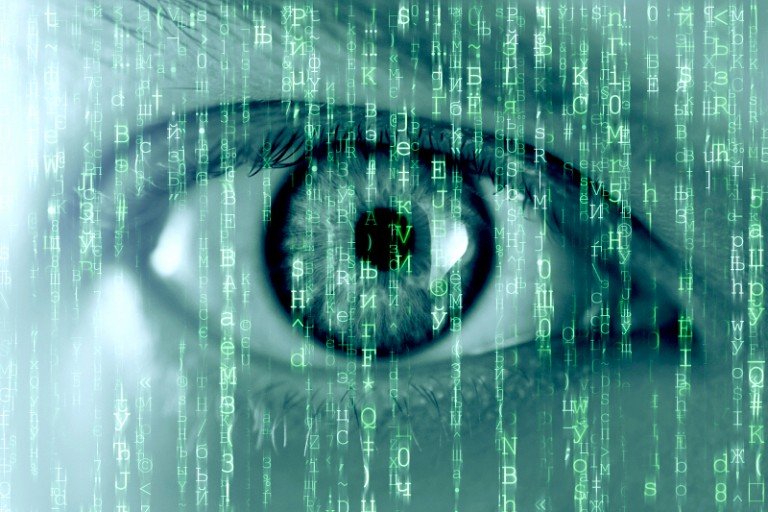🔍 What if Google Could Index Every Device on Earth?
Not just websites—but webcams, smart TVs, industrial controllers, and even fridges.
This is not science fiction. It’s Shodan.
Born from the mind of John Matherly in 2009, Shodan is not your average search engine. It doesn’t help you find articles or images. Instead, it maps the underbelly of the internet—the world of connected devices.
And it’s open to everyone.
🧠 What Is Shodan, Exactly?
Shodan (short for “Sentient Hyper-Optimized Data Access Network”) is often called “Google for hackers”—but that’s reductive.
Shodan continuously scans the internet, detecting online devices and collecting metadata:
- Device type
- Software and firmware versions
- Open ports
- Network protocols
- And sometimes even sensitive data unintentionally exposed
From CCTV cameras to routers, from traffic lights to baby monitors, if it’s online—it’s visible.
🌍 Why Is Public Access So Powerful?
The most shocking aspect? Shodan is available to anyone. No elite credentials required.
Security researchers use it to identify vulnerabilities. Cybersecurity teams rely on it to map exposed infrastructure. But so can malicious actors. That duality is what makes Shodan both powerful—and controversial.
🛑 Ethical reminder: Using Shodan doesn’t give you permission to tamper. Observing is legal. Intervening is not.
🛠 How Shodan Is Used: From IT to Intelligence
1. Cybersecurity Monitoring
Companies scan their networks via Shodan to find exposed devices before attackers do.
2. IoT Reconnaissance
Curious about how many smart fridges are online in France? Shodan can tell you.
3. Ransomware Surveillance
Analysts track exposed endpoints that are prime targets for ransomware campaigns.
4. Market Intelligence
Tech firms use Shodan to research product adoption or identify market gaps by region.
💡 What You Can Search With Shodan
Here are just a few query filters available:
| Filter | Description |
|---|---|
city: | Devices in a specific city |
country: | Narrow by country (e.g. IT for Italy) |
geo: | Search by GPS coordinates |
hostname: | Match a specific domain |
net: | Filter by IP range |
os: | Search by operating system |
port: | Find devices with specific ports open |
before:/after: | Time-based filtering |
You can even search for live webcam feeds or exposed ICS (industrial control systems) if they lack proper firewalls.
🧩 Interfaces, Tools, and Add-ons
Shodan isn’t just a website.
You can interact with it via:
- 🔧 Web dashboard
- 💻 Python CLI tool
- 📦 RESTful API
- 💻 Community-contributed libraries in multiple languages
- 🧩 Chrome plugin that automatically surfaces device data when visiting a site
Some features are free. Others—like advanced filters or API calls—require a paid plan.
⚠️ Risks and Limitations
Shodan’s strength is also its biggest challenge.
🔒 Privacy Concerns
Shodan reveals what’s already exposed—not what’s hidden behind authentication. That means misconfigured devices become low-hanging fruit.
🔎 Visibility Gaps
Devices behind NAT, VPNs, or proxies might remain invisible to Shodan crawlers.
🧱 Legal Barriers
While querying is legal, using Shodan data to exploit vulnerabilities is not. Always check your local laws.
🔄 Alternatives to Shodan
While Shodan leads the pack, other tools are emerging:
- ZoomEye: A Chinese equivalent with similar functionality
- Censys: Developed by the University of Michigan, ideal for academic and enterprise use
However, for real-time analysis, Shodan remains the most comprehensive and user-friendly platform.
📌 Final Thoughts: Power with Caution
Shodan is not evil. It simply reflects the truth of the internet’s surface.
If your camera or server is visible, it’s because you made it that way.
This search engine doesn’t break into systems. It just observes.
And in a world obsessed with privacy and security, sometimes seeing is the scariest power of all.
📣 Want to Explore More OSINT Tools?
Subscribe to our Telegram channel or follow our weekly newsletter at projectosint.com for more deep dives into tools like Shodan.



